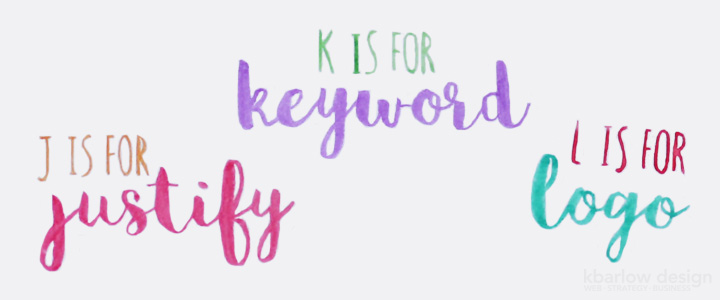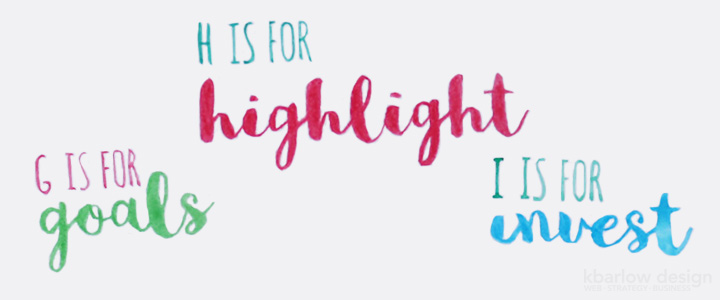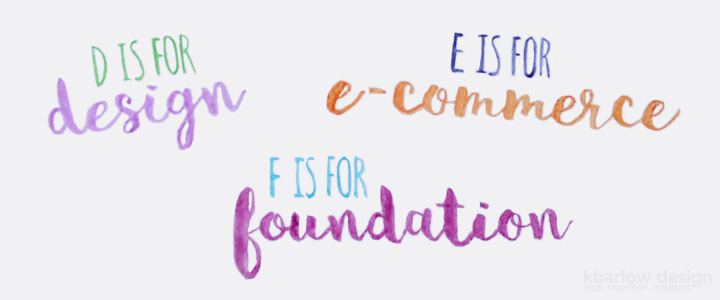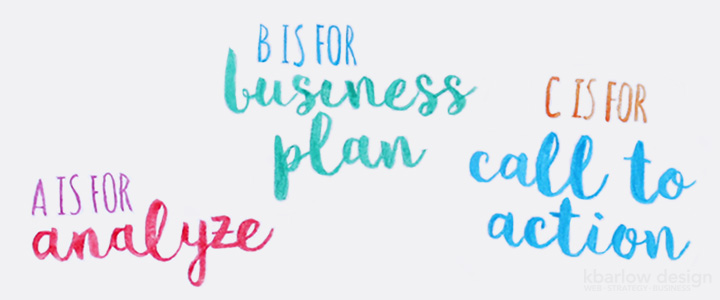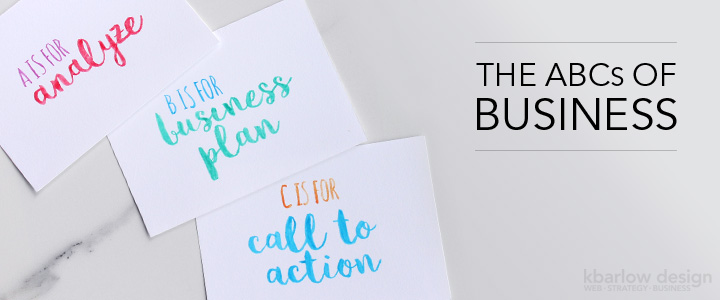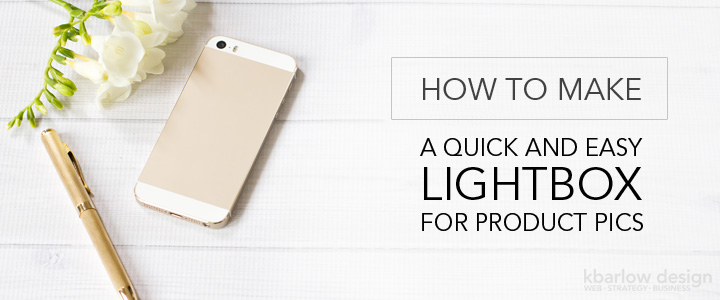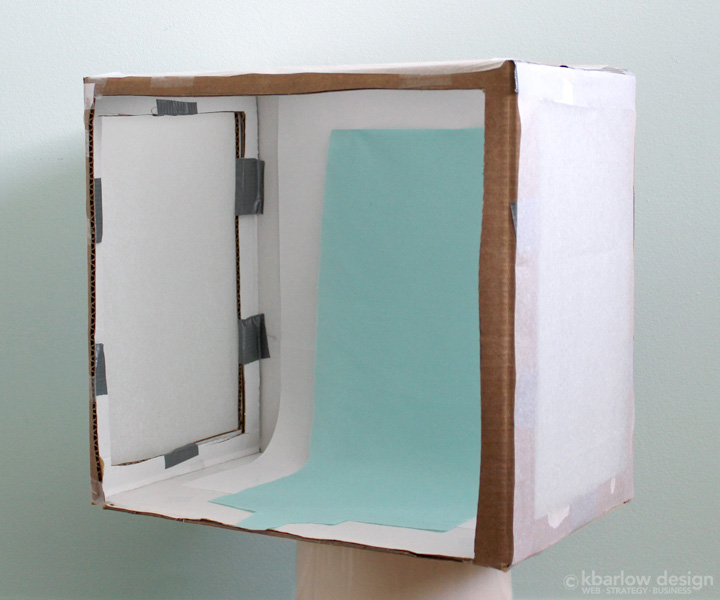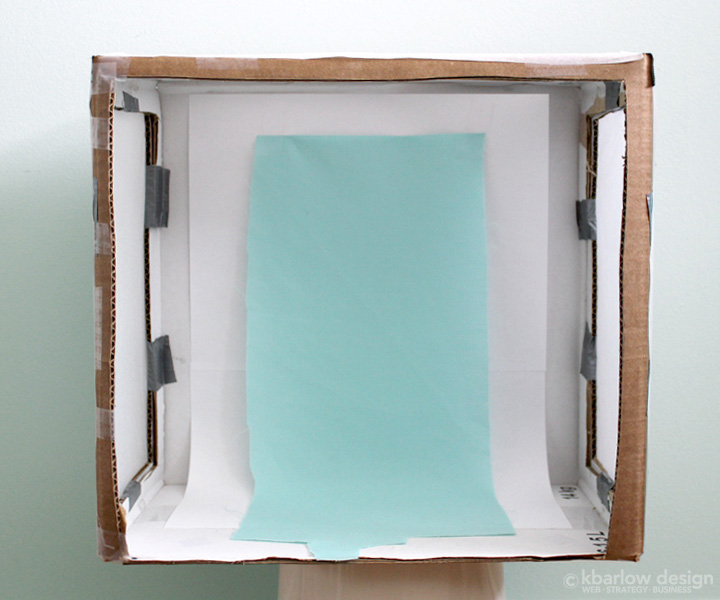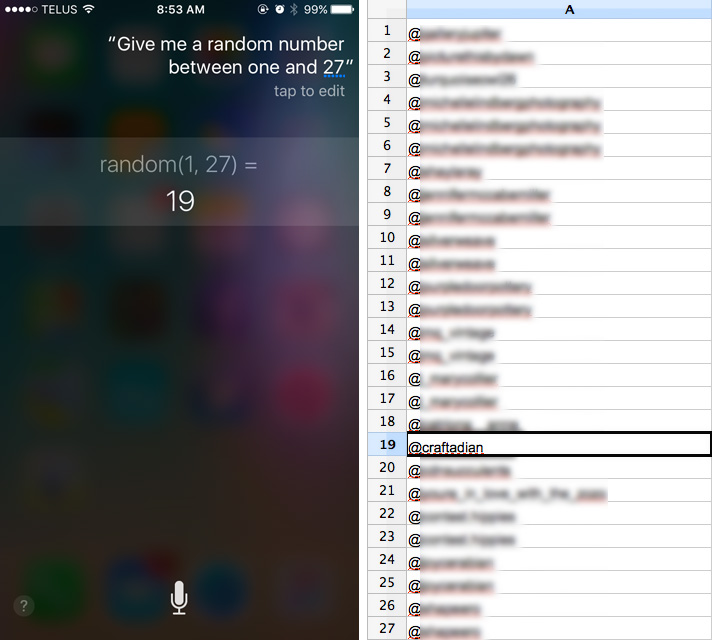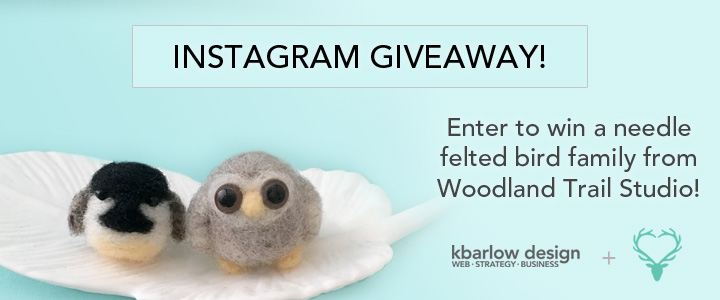J is for Justify:
When you’re building or growing your business, it can be hard to decide what gets the priority (your time and money) when you’re not doing client work.
Exercise: Try making a list of all your “to do” items on small slips of paper, and then move them around until the most important ones are first. It can be tempting to move the ones you’d rather do to the top (we all have our admin tasks we’d rather avoid!), but be honest with yourself in what needs to happen, and knowing that you’ve prioritized these items can help you justify the time and money you’re spending on them.
A few good examples are taking the time to write your business plan, have your website created, keep up with accounting/finances, goal setting and marketing. They’re all important, and they all deserve your time to create a solid foundation and keep things running smoothly, and your business growing. If you’re feeling overwhelmed or like you want to put something off, set your timer for as long as you think you can concentrate on a task (minimum 15 mins), and work on it for that amount of time. If your to do list is too long for one day (they usually are!), set an amount of time each day to focus on getting the top items done.
Caveat: Don’t spend your entire day organizing yourself. I’m guilty of spending way too long organizing and reorganizing under the idea that it’s necessary. If you’re like me, set the timer for the maximum amount of time it should take to organize, and then get on with it!
For more tips on how to organize your thoughts, check out the various systems I’ve used over the years. I usually end up mixing it up every so often as I find different ways of motivating myself.
K is for Keyword:
Keywords are more than just what you use for SEO! Using the right words in your website content and marketing will convert visitors to clients. You want your ideal clients to read your content, have them know you understand them, their pain points, and that the solution lies with you.
Those carefully selected keywords will be the ones that resonate with them – choose wisely and base it off your business plan research into your target market / ideal client!
L is for Logo:
Logos are some of the most challenging and satisfying projects to work on. There’s so much that needs to be conveyed in such a small mark that’s got to also be usable in a variety of sizes and ways. Good logos are clever, easily recognizable, scale well, and are unique.
If your current logo doesn’t reflect your company’s branding, doesn’t speak to your products, services, or your target market, it’s probably time for a new look. Keep in mind that the process shouldn’t be an overnight job. Hire a professional that is going to take the time to get to know your business and provide you with something unique that very accurately reflects your company.
Interested in learning more? Let’s chat!


